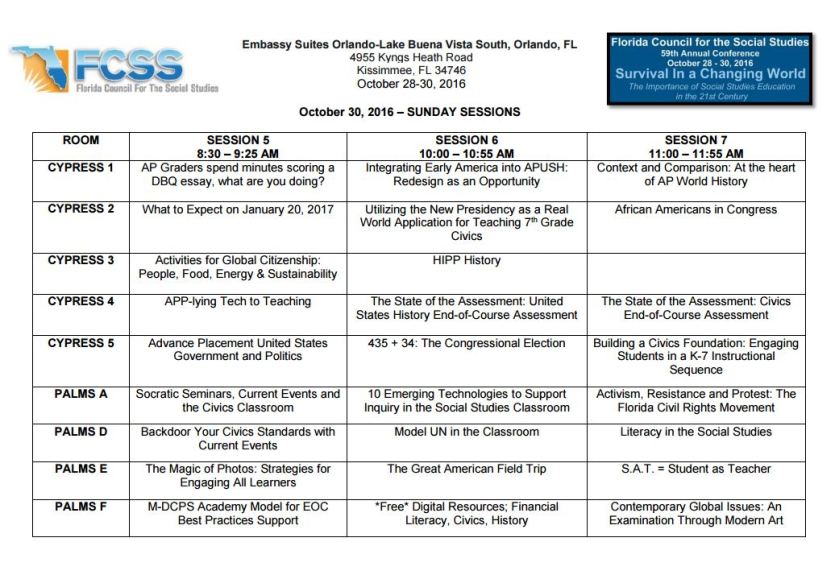You might have missed it, but the team at NCDD member organization Public Agenda have been running an incredible blog series on “Key Talents for Better Public Participation” this summer. The posts are a great set of resources for D&D practitioners, and we wanted to share an important one about making the often difficult transition from talk to action here. We encourage you to read the piece and find links to the 14 other series posts below, or find the original here.
Supporting Action Efforts
 Ideas for action emerge naturally in many different forms of public participation. When people talk about issues that are important to them, they often want to:
Ideas for action emerge naturally in many different forms of public participation. When people talk about issues that are important to them, they often want to:
- Develop new problem-solving partnerships and new ways to work with others.
- Express their ideas, concerns, and recommendations to public officials and other decision makers.
- Strengthen practices and policies within departments, agencies, community organizations, workplaces or other groups.
During participatory processes, people often think about action ideas they would like to take individually and as a community. It is important for participants to be able to hear one another’s ideas and decide together which actions to take.
In some single-day participatory processes, action ideas are shared at the end of the day. In others, there is a separate action-focused event where participants can come together to share ideas. Still others facilitate action efforts with online tools and tactics.
Two skills, planning action events and supporting action teams, can be helpful for all of these processes. (Many of these tips, along with more information on supporting action, are described by Everyday Democracy here.)
Planning an Action-Focused Event
Events that help people transition from dialogue to action typically have three elements:
- Opportunities for dialogue groups to share their ideas. If participants brainstormed and prioritized action ideas, then the action event should include opportunities for each group to share their top ideas.
- Prioritizing action ideas. During the action event, give people the opportunity to vote for their top three choices for action ideas (perhaps by using keypad polling or dotmocracy). Participation leaders sometimes encourage a mix of short-term and long-term action projects. Short-term projects keep the momentum of the dialogues going and provide an immediate success to share with the community. Long-term goals require more planning, but such efforts can result in lasting change.
- Creating action teams. Identify the action ideas with the most votes or support. Ask people to divide into groups based on the action they would like to work on and explain that the people in these new “action teams” will work together to put the idea into motion. During the action event, give these new teams some time to introduce themselves, gather contact information and identify co-leaders who will help the group move forward with the idea.
Supporting Action Teams
Promoting team pride, hosting regular meetings with action team leaders and fostering a creative environment are some ways to help a group or team prepare a plan and then take action. Action teams should:
- Set clear expectations. What needs to happen, by when, and who is responsible? If people know what they are expected to do and by when, they are better able to develop a roadmap for achieving specific tasks and goals.
- Identify two leaders per team. Co-chairs can share the responsibility of keeping the team on course and moving forward.
- Share skills and talents. Ask team members to write down some of their talents and skills, so when the group needs to complete tasks, requests can be made to people who have the requisite skills.
- Foster a creative environment. Be open and welcome diverse ideas and ways of thinking. Show that everyone is valued and is an important part of the group.
- Continue recruiting volunteers. Even if people were not involved in the initial conversations, they may be interested in taking action. Allowing new people to join brings in fresh energy and cultivates a larger network, greater inclusion and a stronger sense of ownership of the effort.
- Keep in touch. Meet regularly and keep everyone informed via emails and calls. Consider forming an online network and using online tools and tactics.
- Share documents and plans. Wikis can be used to help team members work together on documents and stay informed about plans.
- Connect teams to resources. Participation leaders can provide information, contacts and resources to action teams.
- Celebrate progress. Keep the work of the team in the public eye by engaging media and sharing success stories.
Read other blogs in this series:
Part 1: Ten Key Talents for Better Public Participation
Part 2: Building Coalitions and Networks
Part 3: Cultural Competence and Engaging Youth
Part 4: Recruiting Participants
Part 5: Communicating About Participation
Part 6: Managing Conflict
Part 7: Providing Information and Options: Issue Framing
Part 8: Providing Information and Options: Sequencing Discussions and Writing Discussion Materials
Part 9: Managing Discussions, Blog 1 of 3: Facilitating Face-to-Face Groups
Part 10: Managing Discussions, Blog 2 of 3: Recording and Online Moderation
Part 11: Managing Discussions, Blog 3 of 3: Ground Rules and Feedback
Part 12: Helping Participants Generate and Evaluate Ideas
Part 13: Helping Participants Make Group Decisions
Part 14: Supporting Action Efforts
Part 15: Evaluating Participation
You can find the original version of this Public Agenda blog post at www.publicagenda.org/blogs/supporting-action-efforts.




